Turtle Eggs vs Snake Eggs » The fascinating world of reptilian reproduction reveals a myriad of differences and similarities between two seemingly disparate creatures: turtles and snakes. While both belong to the reptile family, their approaches to laying, nurturing, and hatching eggs diverge in remarkable ways. From the texture of their eggs to their nesting habits and the eventual emergence of their offspring, turtles and snakes offer a compelling study in the diversity of life. This article delves into the nuances of turtle and snake eggs, shedding light on their unique life cycles and the challenges they face from the moment of conception to the brink of adulthood.
Table of Contents » Turtle Eggs vs Snake Eggs 2024
Key Takeaways
- Turtle and snake eggs differ significantly in texture, with turtles typically laying hard-shelled eggs and snakes favoring soft-shelled varieties.
- Turtles lay their eggs on beaches, digging nests in the sand, while snakes choose a variety of locations, from underground burrows to vegetation-covered areas.
- The incubation period and the role of temperature in determining the sex of the offspring are crucial aspects of both turtle and snake egg development.
- Unlike turtles, which exhibit little to no parental care post-laying, some snake species display forms of parental protection until the eggs hatch.
- Conservation efforts are vital for both turtles and snakes, with many species facing threats from habitat destruction, predation, and human activities.
The Basics: Turtle Eggs vs Snake Eggs
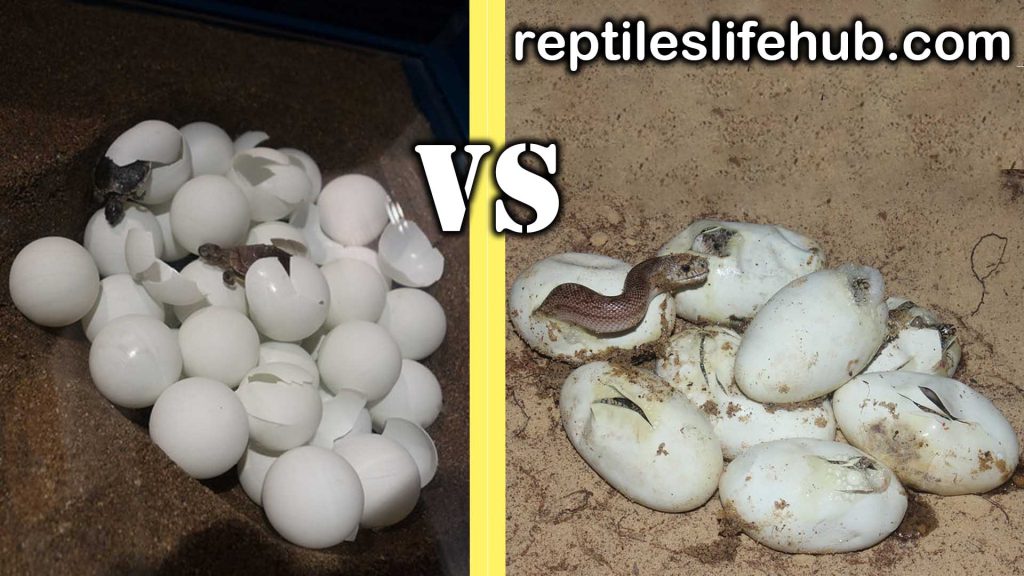
What makes them different?
At first glance, turtle and snake eggs might seem pretty similar – both are laid by reptiles, after all. But dig a little deeper, and you’ll find they’re as different as chalk and cheese. The most striking difference lies in their shells. Turtle eggs boast a somewhat hard shell, akin to a slightly leathery bird egg, while snake eggs are encased in a soft, flexible shell that feels more like a squishy pouch.
Texture isn’t the only thing setting them apart. Where these eggs call home before hatching is another key distinction. Turtles prefer the safety of sandy beaches or sometimes even garden soil, meticulously digging nests to deposit their eggs. Snakes, on the other hand, might choose a variety of secretive spots, ranging from under leaves to inside hollow logs.
Both types of eggs have evolved these characteristics for a reason. Turtle eggs’ harder shells protect them from the pressures of being buried under sand, while the soft shells of snake eggs allow for easier exchange of gases, crucial for the embryos’ development.
- Turtle Eggs: Hard shell, buried in sand or soil
- Snake Eggs: Soft shell, hidden in more varied environments
The shell game: Hard vs soft
When it comes to the homes of their future offspring, turtles and snakes have taken quite different paths. Turtles opt for a hard, protective shell, much like their own armor, while snakes go for a softer, more leathery approach. This difference isn’t just for show; it reflects their unique strategies for survival and reproduction.
Turtle eggs, with their hard shells, are designed to withstand pressure and potential predators. On the other hand, snake eggs, being softer, might seem more vulnerable, but they have their own set of advantages. The flexibility of a snake egg allows it to fit into tighter spaces, offering a different kind of protection by obscurity.
- Turtle eggs: Hard-shelled, more visible, needs sandy or soft soil.
- Snake eggs: Soft-shelled, less visible, can be laid in a variety of environments.
Both types of eggs have evolved to meet the specific needs of their species, showcasing nature’s incredible adaptability.
While the hard vs soft shell debate might seem like a simple difference, it’s a fundamental aspect of how these creatures interact with their environment. It’s a fascinating glimpse into the myriad ways life on Earth has adapted to survive and thrive.
Where do they lay their eggs?
Turtles and snakes have vastly different preferences when it comes to choosing a spot to lay their eggs. Turtles often seek sandy beaches or sometimes even the garden in your backyard, aiming for a place where the sun can easily warm the eggs. On the flip side, snakes prefer the seclusion of hidden spots, like under logs, within piles of leaves, or in the safety of burrows.
- Turtles: Sandy beaches, gardens
- Snakes: Under logs, leaf piles, burrows
Both species have evolved to select environments that maximize the survival chances of their offspring, albeit through very different strategies.
One key difference is the temperature sensitivity of their chosen nesting sites. Turtles, for example, rely heavily on the warmth of the sun, which can influence the sex of the offspring. Snakes, however, tend to choose locations that maintain a consistent temperature, which is less likely to affect the development of their eggs in such a direct manner.
Getting Cozy: Nesting Habits
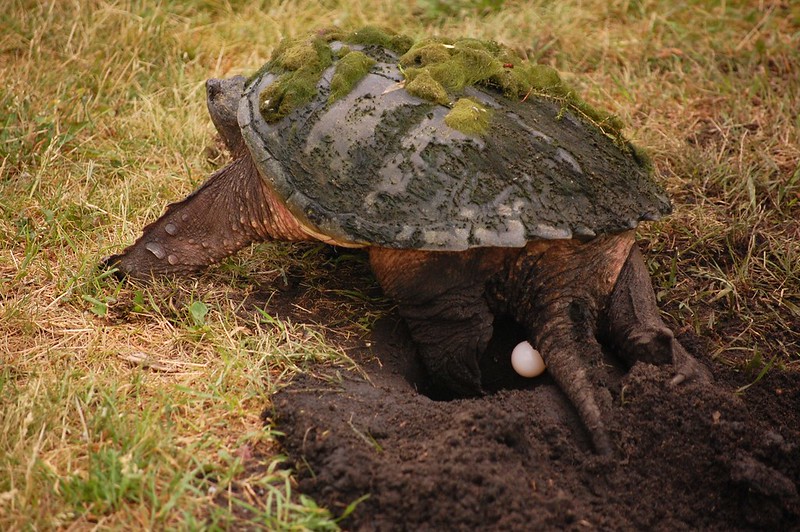
Turtle beach resorts
When it comes to laying their eggs, turtles are all about the beach life. They travel great distances to return to the very spot where they were born, a phenomenon known as natal homing. The choice of the beach is crucial, as it affects the temperature of the sand and, consequently, the sex of the offspring.
- Sandy beaches with gentle slopes
- Protected areas away from predators
- Warm temperatures for optimal incubation
Turtles have an innate ability to find the perfect spot for their nests, often returning to the same beach year after year.
This meticulous selection process ensures that the eggs are laid in an environment that offers the best chance for survival. It’s a fascinating blend of instinct, memory, and environmental cues that guides these creatures back to their preferred nesting sites.
Snakes in the grass: Finding the perfect spot
Snakes are a bit more secretive when it comes to nesting. Unlike turtles, who often return to the same beaches year after year, snakes prefer a more incognito approach. They seek out spots that offer both protection and the right temperature for their eggs to incubate.
Finding the perfect spot is a game of stealth and precision for snakes. They might choose a pile of leaves, an abandoned burrow, or even a compost heap. The key is to avoid predators while ensuring the eggs stay at a consistent, warm temperature.
- Leaf litter
- Abandoned burrows
- Compost heaps
- Under rocks
Snakes are masters of disguise when it comes to nesting. Their ability to blend in with their surroundings protects their eggs from many predators.
Choosing the right spot is crucial for the survival of the eggs. Snakes use their keen sense of temperature and humidity to pick a location that will offer the best conditions for their offspring.
Hatching Time: The Waiting Game
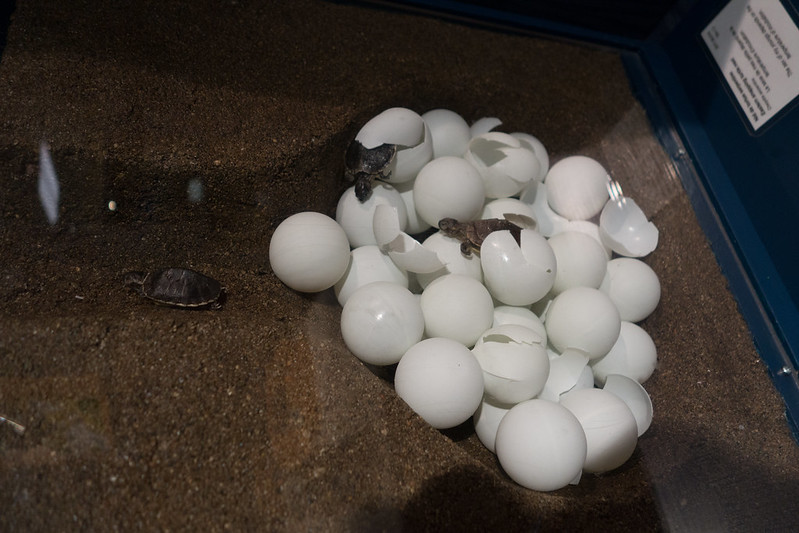
How long until they hatch?
The waiting game for turtle and snake eggs to hatch can feel like an eternity, especially for the eager observer. But, how long does it actually take? Well, it largely depends on the species and environmental conditions.
Turtle eggs, for instance, usually take about 60 to 90 days to hatch. On the other hand, snake eggs might hatch a bit quicker, typically within 45 to 70 days. However, these timelines can vary widely among different species and with varying environmental factors.
Temperature is a crucial factor in determining how long eggs will take to hatch. Warmer conditions can speed up the process, while cooler temperatures might slow it down.
Here’s a quick look at the average hatching times for a few common species:
- Sea Turtles: 60-90 days
- Garden Snakes: 45-60 days
- Python: 55-60 days
Remember, these are just averages. The actual time can vary based on many factors, including the exact temperature and humidity levels where the eggs are incubated. So, if you’re monitoring turtle or snake eggs, keep a close eye on those environmental conditions!
Temperature plays a role
The temperature of the nest is a game-changer for both turtle and snake eggs, but in a way that might surprise you. For many species, the temperature doesn’t just affect how quickly the eggs hatch; it can also determine the sex of the offspring. This is especially true for turtles, where warmer nests tend to produce female hatchlings, while cooler ones yield males.
The exact temperature thresholds can vary between species, but the general trend holds true across the board.
Here’s a quick look at how temperature impacts the incubation period:
- Turtles: 45-75 days, with warmer temperatures speeding up the process.
- Snakes: 55-60 days, less influenced by temperature but still crucial for successful hatching.
While temperature plays a critical role in the development and sex determination of the hatchlings, it’s also a factor that conservationists can manipulate to help manage populations. For instance, by carefully controlling the temperature of turtle nests, they can ensure a balanced sex ratio, which is vital for the species’ long-term survival.
Parental Care: Who Sticks Around?
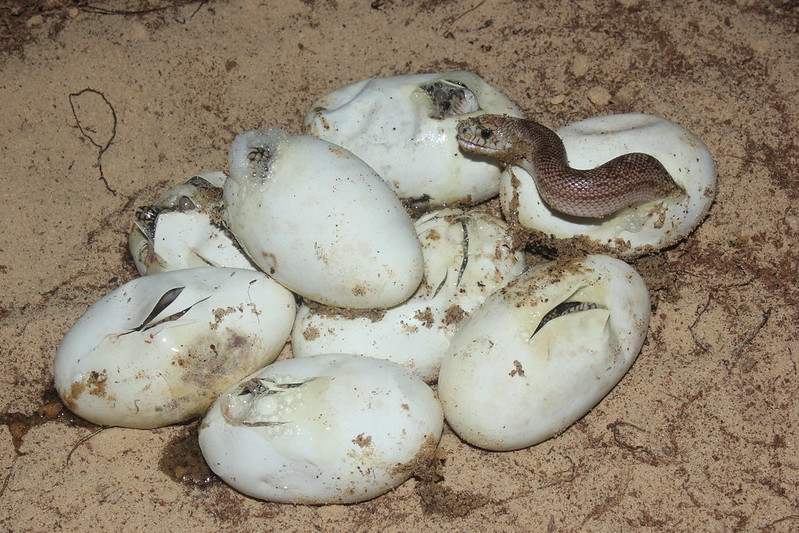
Turtle moms: Hit and run
Turtle moms have a unique approach to parenting. After making the arduous journey to the beach, they dig a nest, lay their eggs, and then, they’re off! They don’t stick around to see their offspring hatch. This might seem a bit cold-hearted, but it’s all part of nature’s grand design. The hatchlings are on their own, learning to navigate the world from the moment they break free from their shells.
The survival of turtle hatchlings is a game of numbers. Many will not make it to the ocean, but those who do have a chance to grow and continue the cycle.
Turtle moms choose their nesting sites with great care, often returning to the beach where they were born. This homing instinct is a fascinating aspect of their behavior. Here’s a quick look at the nesting process:
- The mother turtle arrives at the beach.
- She digs a nest in the sand.
- Lays her eggs.
- Covers the nest and returns to the ocean.
This hit-and-run strategy might not win any parenting awards, but it ensures that turtle populations continue to thrive in their natural habitats.
Turtle Eggs vs Snake Eggs 2024
Snake parents: Are they around?
When it comes to parenting, snakes might not win any awards. Unlike turtles, which at least make the effort to bury their eggs in the sand, most snake species have a more laissez-faire approach to childcare. Once the eggs are laid, snake parents usually slither away, leaving the future generation to fend for themselves.
However, it’s not all cold-blooded abandonment. Some species of snakes, like the python, exhibit a rare form of parental care. These devoted reptiles will coil around their eggs, providing warmth and protection until they hatch. This behavior is the exception rather than the rule in the snake world.
While most snake eggs are left to their own devices, the warmth and security provided by the few caring snake parents can significantly increase the chances of survival for the hatchlings.
- Common Snake Parenting Practices
- Most species abandon their eggs.
- A few, like pythons, protect and warm their eggs.
- Hatchlings are generally independent from birth.
Survival of the Fittest: Predators and Threats
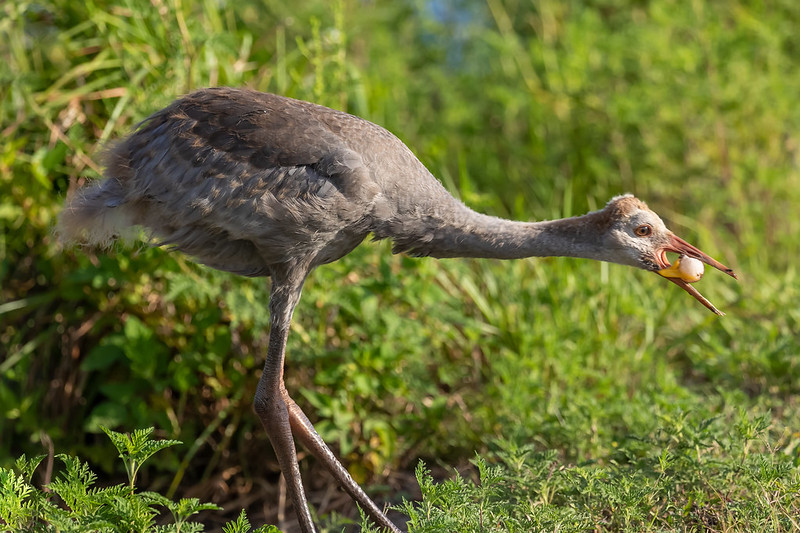
The danger list: Who’s after the eggs?
Both turtle and snake eggs face a myriad of predators, each with its own method of locating and consuming these precious life forms. The survival of these eggs is a critical step in the continuation of their species.
- For turtle eggs, the list includes raccoons, foxes, and various bird species, all of which are attracted to the sandy beaches where turtles lay their eggs.
- Snake eggs, on the other hand, are often hunted by larger snakes, birds of prey, and even some species of mammals.
The camouflage of the eggs and their nesting sites plays a crucial role in their survival, but it’s not always enough to deter determined predators.
Both types of eggs have developed unique strategies to evade detection, but the odds are stacked against them. The circle of life continues, with each egg representing a potential future for its species.
Protective measures: Nature’s security system
In the wild, both turtle and snake eggs face a myriad of threats, but nature has its own unique ways of keeping these future reptiles safe. For turtles, the depth at which they bury their eggs on the beach plays a crucial role. Deeper nests are harder for predators to find and raid. Snakes, on the other hand, often opt for hidden or hard-to-reach places, like burrows or under rocks, making it a real challenge for predators to get a snack.
Both species have evolved strategies that significantly reduce the chances of predation, but they’re not foolproof. Here’s a quick look at how these protective measures stack up:
- Turtles: Lay eggs in deep pits dug into the sand.
- Snakes: Choose secluded spots, often underground or within dense vegetation.
Despite these efforts, a significant number of eggs still fall prey to opportunistic feeders. The survival of these eggs is a delicate balance, influenced by factors such as location, depth, and even the timing of laying.
Nature’s security system is fascinating, showcasing a variety of strategies aimed at protecting the next generation. From the strategic placement of nests to the timing of egg-laying, every detail matters in the wild. It’s a testament to the resilience and adaptability of these remarkable creatures.
The Circle of Life: From Eggs to Adults
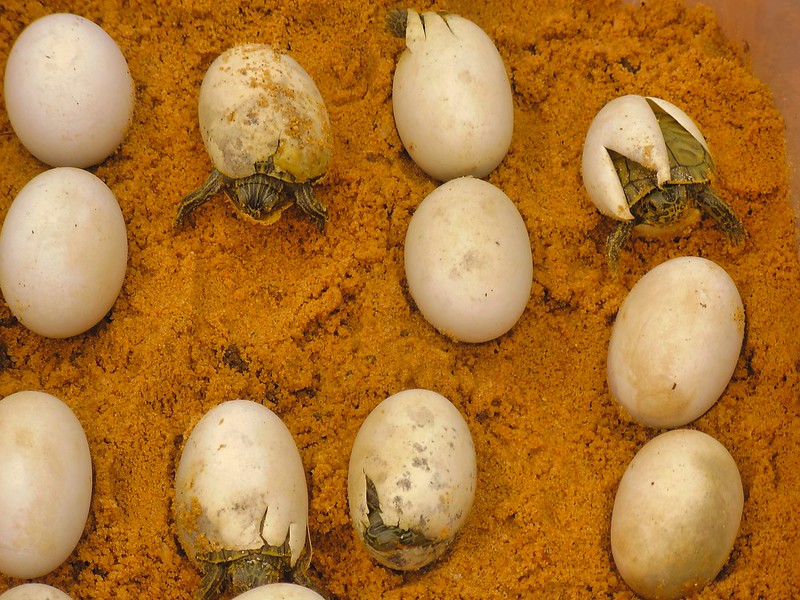
Growing up turtle
Once a turtle hatchling makes its way out of the egg, the real challenge begins. The journey from the nest to the water is fraught with dangers, but it’s just the first step in a long life journey. Turtles are known for their longevity, with some species living over a century. However, reaching adulthood is no small feat.
Survival rates for turtle hatchlings are low, primarily due to predators and habitat destruction. Despite these odds, those that make it to the water start a fascinating growth process. They learn to navigate their aquatic or semi-aquatic environments, finding food and avoiding dangers.
Turtles grow at different rates depending on their species, diet, and environment.
- Sea turtles migrate thousands of miles in the ocean.
- Freshwater turtles might never leave the pond they grew up in.
- Some species are solitary, while others may live in groups.
Each turtle’s journey to adulthood is unique, but they all share the common goal of survival and reproduction. The circle of life continues as they eventually return to the beaches or banks to lay their own eggs, contributing to the future of their species.
Slithering into adulthood
Once snake eggs hatch, the young snakes are pretty much on their own. Unlike many mammals, snakes don’t stick around to coddle their young. This means that from the moment they slither out into the world, these little serpents have to fend for themselves. Survival is a solo mission from day one.
The early life of a snake is filled with challenges, from finding food to avoiding predators. It’s a tough world out there, but these creatures are born ready to face it.
While turtles might take their sweet time growing up, snakes grow rapidly. They’re constantly on the move, learning to hunt and survive. The transition from a vulnerable hatchling to a self-sufficient adult is fascinating. Here’s a quick look at their growth stages:
- Hatchling: Just emerged, tiny and vulnerable.
- Juvenile: Growing fast, learning to hunt.
- Subadult: Almost fully grown, honing survival skills.
- Adult: Fully grown, ready to reproduce.
This journey from hatchling to adult is not just about physical growth, but also about mastering the skills needed for survival in the wild.
Conservation Efforts: Protecting Future Generations
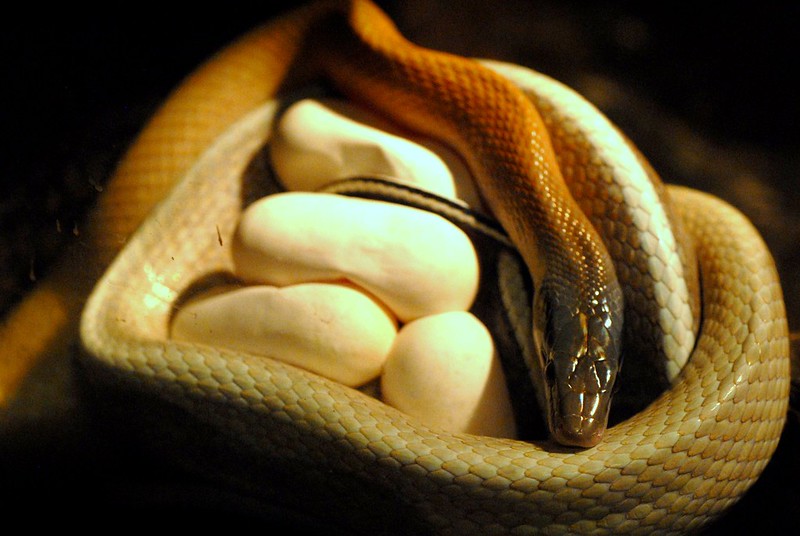
Why do we need to care
The survival of both turtle and snake species is heavily reliant on the successful hatching of their eggs. Conservation efforts are crucial not only for the species themselves but also for maintaining the balance of ecosystems where they play integral roles. For instance, turtles help control jellyfish populations, while snakes can keep rodent populations in check.
Both turtles and snakes face numerous threats that can drastically reduce their chances of survival, from habitat destruction to illegal poaching.
Understanding the importance of conservation is the first step toward making a difference. Here are a few reasons why protecting these eggs is vital:
- Habitat loss: The destruction of natural habitats is one of the biggest threats to egg survival.
- Predation: Eggs are often targeted by various predators, reducing the chances of hatching.
- Climate change: Rising temperatures can affect the sex ratio of hatchlings, impacting future populations.
It’s clear that without intervention, the future of many turtle and snake species hangs in the balance. By supporting conservation efforts, we can help ensure that these fascinating creatures continue to thrive for generations to come.
Successful conservation stories
The world of reptiles has seen its fair share of conservation success stories, especially when it comes to protecting the eggs of turtles and snakes. These efforts not only help in preserving the species but also in maintaining the ecological balance. One of the most notable successes has been the significant increase in sea turtle populations at several locations around the globe, thanks to dedicated conservation programs.
Efforts to protect nests from predators and human interference have been pivotal in these successes.
For snakes, conservation efforts have been more challenging due to their less charismatic appeal and the widespread fear they instigate. However, projects focusing on habitat restoration and protection have shown promising results. Here’s a quick look at some of the efforts:
- Turtle Conservation: Beach patrols, nest relocation, and public education campaigns.
- Snake Conservation: Habitat preservation, anti-poaching measures, and research on breeding habits.
Conservation is not just about saving animals; it’s about preserving the future of our planet. Every effort counts, and the stories of turtles and snakes are just the beginning of what can be achieved with dedication and support.
Fun Facts: Did You Know?

Record-breaking eggs
When it comes to setting records, both turtle and snake eggs have their moments in the spotlight. The largest turtle egg ever recorded was from a leatherback sea turtle, weighing in at a whopping 2 pounds. On the flip side, certain python species lay the most eggs in a single clutch, with numbers reaching up to 100 eggs.
Egg size and quantity aren’t the only records these reptiles hold. Their survival strategies and hatching times also vary widely, making each species uniquely fascinating.
While most turtle and snake eggs go unnoticed, some stand out for their sheer size or quantity, capturing the attention of scientists and nature enthusiasts alike.
- Turtle Egg Records:
- Largest egg: Leatherback sea turtle (2 pounds)
- Most eggs in a clutch: Green sea turtle (up to 200 eggs)
- Snake Egg Records:
- Most eggs in a clutch: Python species (up to 100 eggs)
These records highlight the incredible diversity and adaptability of turtles and snakes, from the depths of the ocean to the heart of the rainforest.
Unusual nesting places
When it comes to nesting, both turtles and snakes have been known to choose some pretty unconventional spots. Turtles, for instance, might lay their eggs on golf courses or even in urban gardens, surprising many a homeowner. Snakes, on the other hand, can get even more creative, with some species laying their eggs in compost heaps or abandoned burrows.
Creativity in nesting isn’t just about being quirky. It’s a survival strategy. By choosing unexpected places, these reptiles reduce the chances of predators finding their precious eggs. Here’s a quick look at some of the most unusual nesting places:
- Turtles: Urban gardens, sandy beaches near tourist spots, golf courses
- Snakes: Compost heaps, abandoned burrows, inside old tree stumps
Both turtles and snakes have adapted to their environments in fascinating ways, turning seemingly unsuitable places into nurseries for their future generations.
This adaptability is crucial for their survival, especially in areas where their natural habitats are under threat. By understanding and respecting these unusual choices, humans can play a part in conserving these remarkable creatures and their quirky nesting habits.
Wrapping It Up: The Eggstraordinary Differences
So, there you have it, folks! Turtle eggs and snake eggs might both be roundish and come from reptiles, but that’s about where the similarities end. From the way they’re laid to how they’re cared for, and even how the little ones make their grand entrance into the world, turtles and snakes have their unique styles. Next time you’re out and about, and you stumble upon an egg, you’ll have a bit more of a clue about whose it might be. Remember, though, look don’t touch – these future critters need all the help they can get to make it out safely!
Frequently Asked Questions
What are the main differences between turtle eggs and snake eggs?
Turtle eggs are generally harder and more spherical, resembling a ping pong ball, while snake eggs are softer, more leathery, and elongated. This difference in shell texture and shape is one of the most notable distinctions.
Where do turtles and snakes lay their eggs?
Turtles often lay their eggs on sandy beaches or in dug-out holes in the ground, depending on the species. Snakes, on the other hand, might lay their eggs in hidden, protected areas such as under logs, in burrows, or among leaf litter.
How do turtle and snake nesting habits differ?
Turtles, especially sea turtles, are known for their mass nesting events on beaches, where they dig holes to lay their eggs. Snakes tend to be more solitary when laying eggs, choosing concealed spots that offer protection from predators.
How long does it take for turtle and snake eggs to hatch?
The incubation period varies widely among species but generally ranges from 2 to 3 months for turtles and approximately 2 months for snakes. This period can be influenced by environmental factors such as temperature.
Does temperature affect the hatching of turtle and snake eggs?
Yes, temperature plays a crucial role in determining the sex of hatchlings in many turtle species, a phenomenon known as temperature-dependent sex determination. It also affects the development rate of both turtle and snake eggs.
Do turtle and snake parents provide care after the eggs hatch?
Most turtle species do not provide parental care once the eggs are laid; the hatchlings are left to fend for themselves. Some snake species may guard their eggs, but parental care is generally minimal or absent after hatching.
What are the common predators of turtle and snake eggs?
Predators include birds, mammals, and other reptiles. For turtle eggs, raccoons, birds, and crabs are common threats, while for snake eggs, it can be mammals like foxes and wild pigs, as well as other snakes.
How are conservation efforts helping turtle and snake populations?
Conservation efforts include protecting nesting sites, regulating hunting, habitat restoration, and in some cases, captive breeding and release programs. These efforts have helped increase populations of certain endangered species.